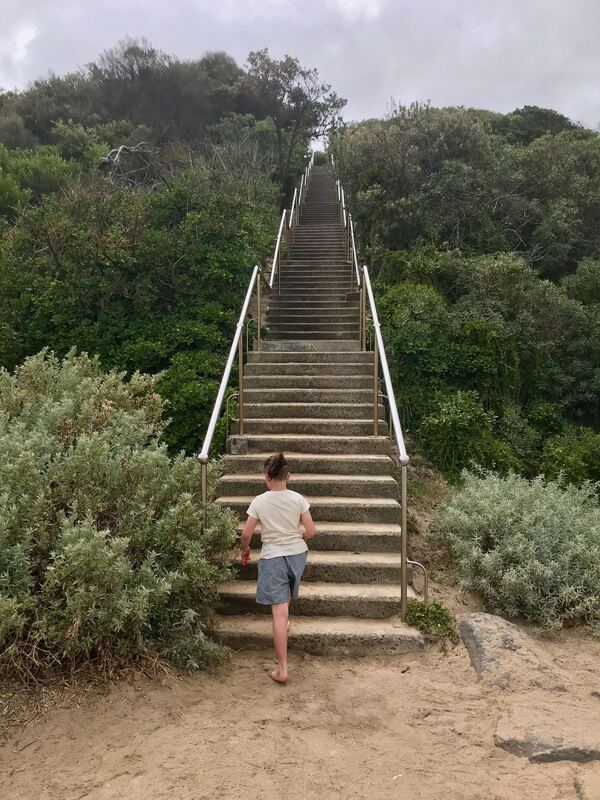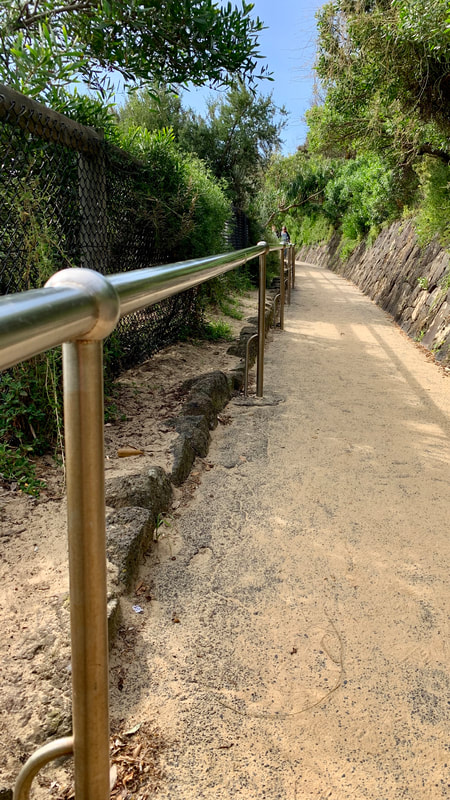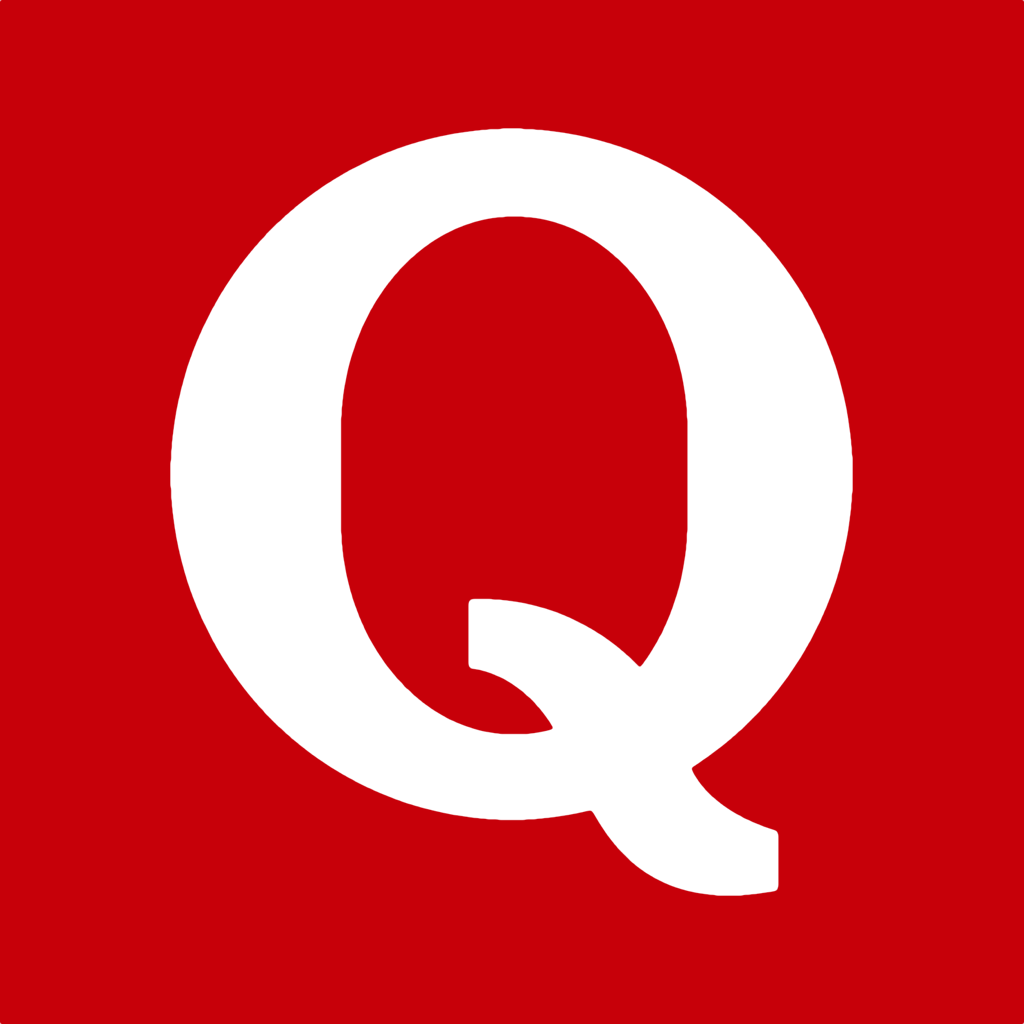|
SEARCH My Blog (Opens in new tab)
Three transitions to take you over the line at 100% intensityYou're reading this because you want to win. That's great. If you are content to just finish, that's also great, but you may not need to go to this level of intensity. Winning requires stamina. I define stamina as the ability to win the race and endurance as the ability to finish the race. Stamina allows you to accelerate and pass people and to hold your lead once past. Interval training builds this kind of stamina. Hill sprints, stair sprints, and sprint variations are essential. The intensity of intervals needs to be, well - intense. Not "HIIT Yoga" intense but real HIIT intense enough to make you almost sick. The images above show a ramp and stairs near my home, which I and others use for intervals. The ramp on the right is about 100m long and rises at a slope of about 20-degrees. Ordinary beach-goers have trouble just walking up it - usually taking a few breathers accompanied by complaining. If you run up this ramp at 100%, then you'll be sick at the top. That's not sensible. By using breathing transitions, you can run up extremely hard, then recover and repeat. The stairs on the left have a frightening 33-degree slope and count 100 steps to the stop. I sprint them 2-steps at a time, and use the breathing transitions to power up the last set of steps. Three breathing transitions to maintain your sprinting powerUsually I run 5km twice a week, and on one of those runs I complete 12 to 18 hill and stair sprints on the return 2.5km. I use these breathing transitions to push to the top and then repeat the intervals. We'll use for an example a 50m ramp at a challenging incline. Here is the breathing pattern - it is broken into four sections:
Initial 10m Initial rhythmic breathing is breathing in for 3 strides and out for 2. That's one cycle. Covering 10m will take you about two of these breathing cycles. Next 20m The transition at 10m to fast rhythmic breathing means breathing in for 2 strides and out for 1 stride. At this point, you need to load up with oxygen and push as hard as you can into the next transition. You want to be accelerating into the final stages. Covering this 20m will take you 7 or 8 cycles, depending on the slope. Penultimate 10m As you enter this phase, you transition into alternate breathing - taking a breath in on one step and breathing out the other step. For example, breathe in as your right foot hits, and breathe out as your left foot hits. You maintain alternating swings of your arms. You should be really having to suck in air at this point as you head for the final transition. Ideally, you will be breathing out as your weakest leg strikes the ground. That will give you a little extra power. Final 10m As you hit this stage, you change your breathing to double time and pumping your arms in parallel - pushing down for every stride until you burst across the top of the ramp. You are focusing on expelling your breath and powering yourself across the line with mechanical pumping movement. Loosen your shoulders, open your hands and face them inwards and downwards - and pump your palms into the ground as you spring off each step forward. Your shoulders are also going to pump, unlike when you are running "normally". This method is a layperson's version of what David Weck (inventor of the Bosu Ball) calls his Double Down Pulse. Breathe out on every downward pulse and in on every upward pulse. It's all about powering 100% over the finish, and recoveringApplying these transitions will power you through your hill sprints with much more intensity, and allow you to recover and repeat. Hence - to build more stamina. It has enabled me to lift the power of my intervals. If the hill is longer than 50m, I usually extend the second stage - the fast rhythmic breathing stage - and leave the other stages approximately the same length. It is that final intense effort at the end which is your goal. In a race, when you built up your stamina, you can use this same technique over the last 200m to win. Winning then, comes down to when you time the transition into the last three breathing patterns and good luck. Good luck. > More posts to help you with EXERCISES > More posts to help you with DIABETES > If you are a @MEDIUM reader my publication Body Age Buster has hundreds of categorised posts which I have written especially for men and women over 50. Follow me on Quora for more health and fitness tips.
If you valued this article >> Follow me Leave a comment >> Share it >> Stay healthy If you have any questions email me and I will get back to you. Latest: get your free customised fitness plan designed uniquely for you.
|
ChoicesSince I was diagnosed at 50 with Type 2 diabetes I've been learning how to do bone-building fitness training which lowers my age. You can too. It's your choice. Walter Categories
All
Archives
May 2023
|



 RSS Feed
RSS Feed



